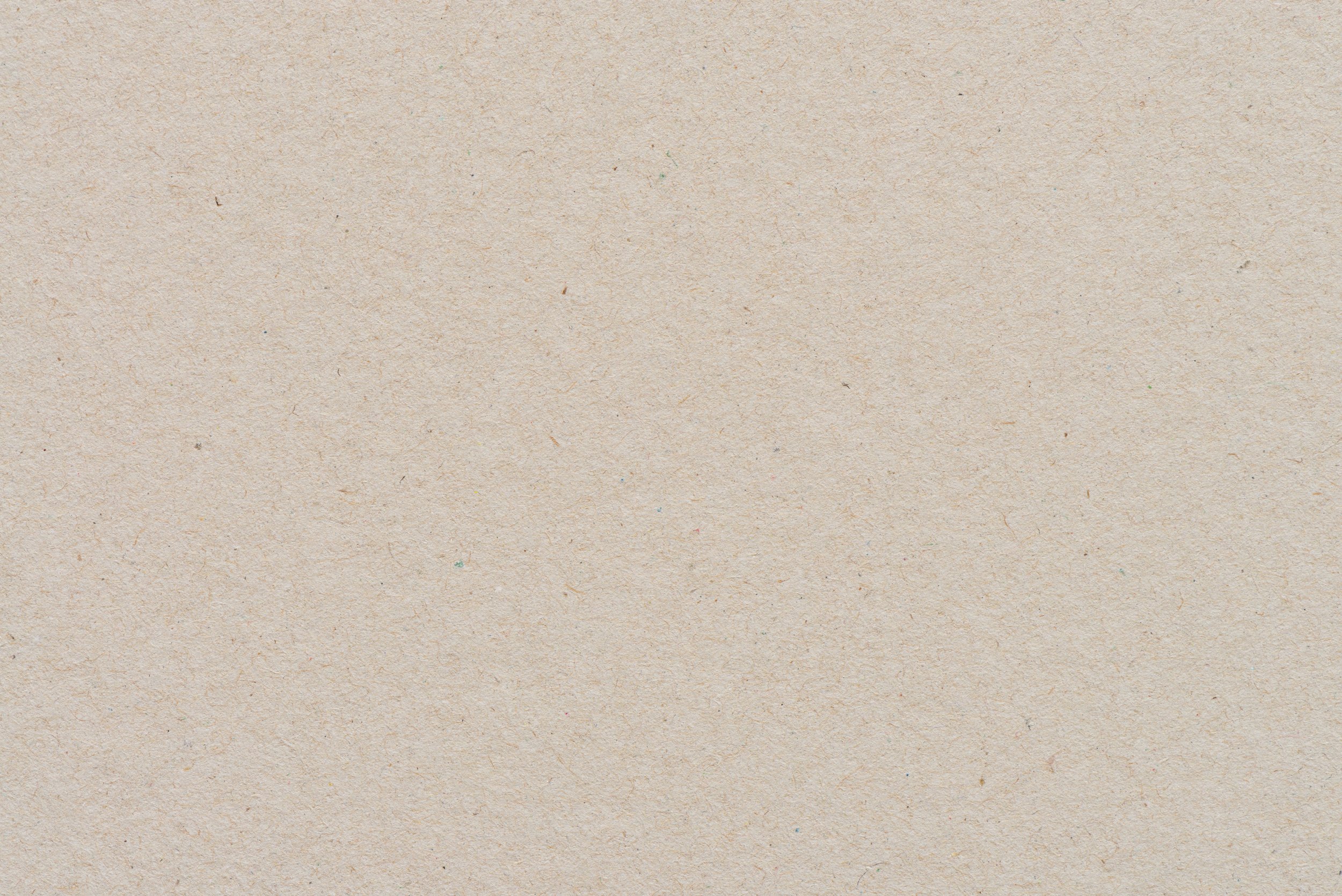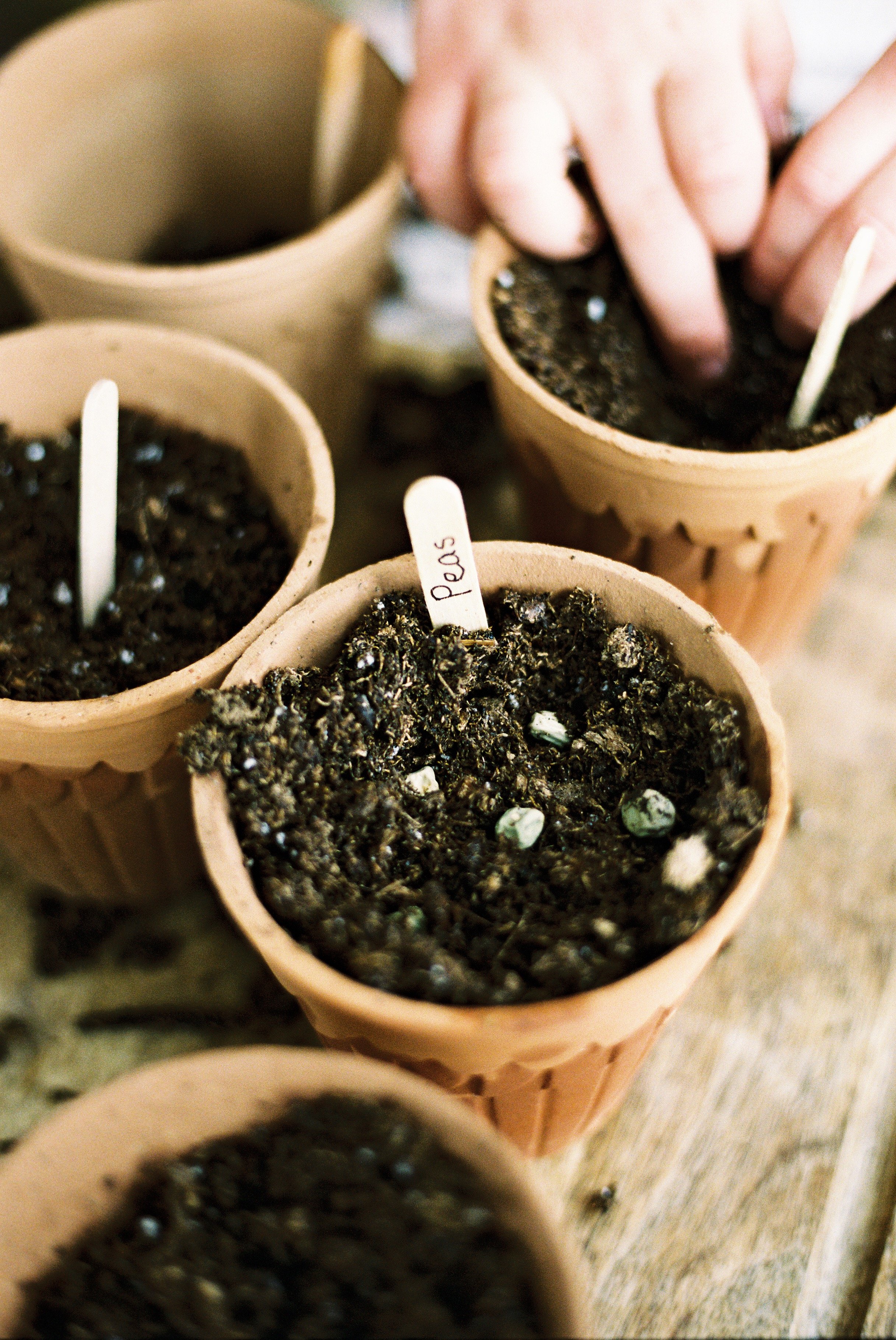
What Do Seeds Do?
LESSON 1
Children learn about what seeds need to grow and start hands-on experiments to grow their own seeds.
A book about the needs of seeds, some options could be:
“It Starts with a Seed” by Laura Knowels
“Seeds” by Carme Lemniscates
“Plant the Tiny Seed” by Christie Matheson (geared more towards younger children)
Mason jars
Seeds for planting
Soil
Water
Materials
Select a story about seeds that you think your child would enjoy.
Gather materials for planting and set them aside.
Preparations
Facilitate a conversation about what a seed needs to grow.
Guide children through the story by asking and answering questions.
Support children as they plant seeds in jars and make predictions about the seeds growing.
Encourage curiosity by helping children explore seeds through planting.
Objectives for Teachers
Children explore and identify what seeds need to grow.
Children engage in asking and answering questions about seeds as they read a story.
Children make predictions as they participate in planting seeds.
Children understand what plants need to grow, such as water, sunlight, and soil.
Objectives for Children

Collect and Connect
Create actions and practice saying the poem, “The Seed” together.
A Seed
In the heart of a seed,
Buried deep so deep,
A dear little plant,
Lay fast asleep.
Wake, said the sun,
And creep to the light.
Wake, said the voice,
Of raindrops bright.
The little plant heard,
And arose to see,
What the wonderful,
Outside world might be.

Activity Flow
Start this lesson by engaging your child in a conversation about seeds. Encourage them to share what they already know about seeds. After listening to their thoughts, introduce the story by explaining that it's all about seeds and how they grow. Read the story to see if there's anything new you can discover about seeds.
After the story, discuss what seeds need to be able to grow. Here are some questions you can ask:
What do you notice on the ground that helps the seeds grow?
What do you see in the sky that helps the seeds grow?
Where do seeds get water from?
How do seeds get their food or nutrients?
3. Next, introduce the fun experiments you will start today and monitor throughout the grow unit. Take the seeds you’ve chosen to enter your seed race and pour out a few of each onto a plate. Allow your child to observe the seeds and share what they see. Encourage them to share the differences they notice in each seed. Help them to understand that each seed will grow into the plant that it came from. Then work together to start the experiments and write down hypothesis about which seeds they think will grow the fastest and tallest.
Seed Race Activity
You will need pots or seed start packs, potting soil, seeds of your choice (such as sunflowers, beans, or peas), and water.
Ask your child what needs to be added to the pot to help the seeds grow, then fill the pots or seed start packs with potting soil, leaving about an inch of space from the top.
Plant the seeds in the soil, usually, you'll want to plant them about twice as deep as the size of the seed. Be sure to label the pots with what seeds you planted. We used a pen and popsicle sticks to create markers.
Next, ask your child what else needs to be added to help the seed grow, then water the soil gently until it's moist but not soaking wet. Make sure the soil stays moist throughout the growing process. Using a pot with a hole at the bottom helps keep the soil drained so it doesn’t get too wet.
Have your child locate a sunny place to put the pots or seed start packs, like a windowsill or outdoor area where they'll get plenty of sunlight.
Keep track of the progress of each seed by observing them every day. You can measure their growth by marking the pots or packs with the date you planted them and measuring how tall they grow each day.
After a couple weeks, compare the growth of the seeds to see which ones grew the fastest and tallest!
Seed Sprouting Activity
You will need clear jars or plastic bags, cotton balls or paper towels, seeds of your choice (such as beans, peas, or sunflowers), and water.
Place a few cotton balls or dampened paper towels in the jar or plastic bag.
Place the seeds on the side of the jar or plastic bag, positioning them so that you can easily see them.
Add a little more water to dampen the cotton balls or paper towels, making sure they are moist but not soaking wet.
Place the jar or bag in a sunny spot, like a windowsill, where it will get plenty of sunlight.
Check the jar or bag regularly to see if the seeds have sprouted. You should start to see roots and shoots emerging from the seeds within a few days to a week.
As the seeds sprout and grow, continue to observe them and discuss with the children what they notice. You can also encourage them to draw or journal about the changes they see.





